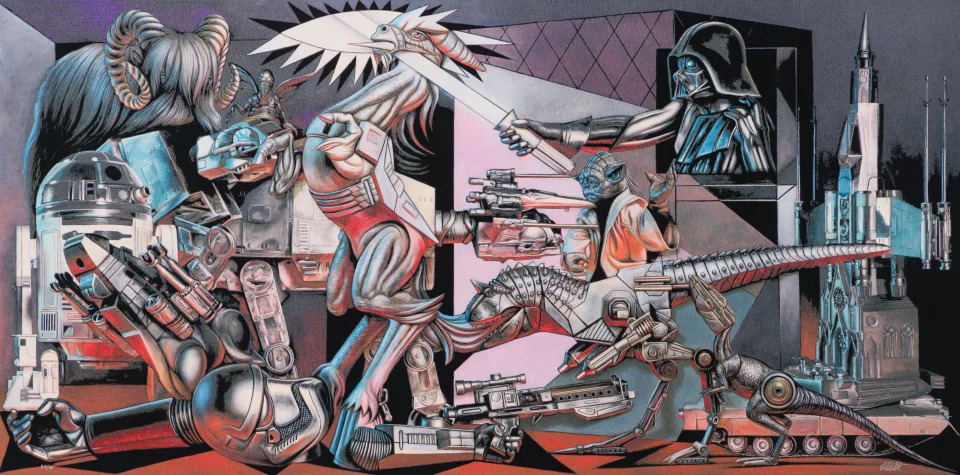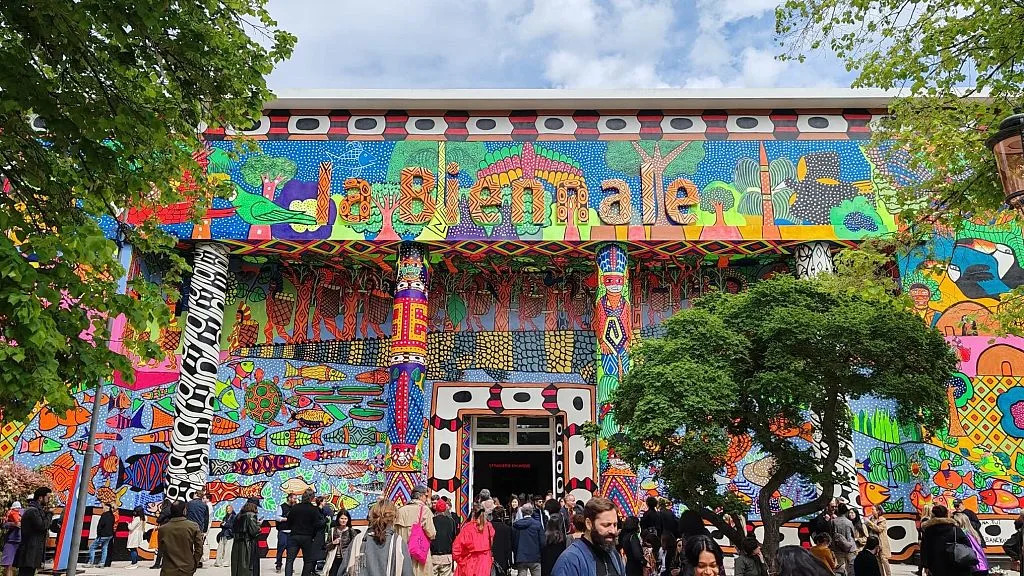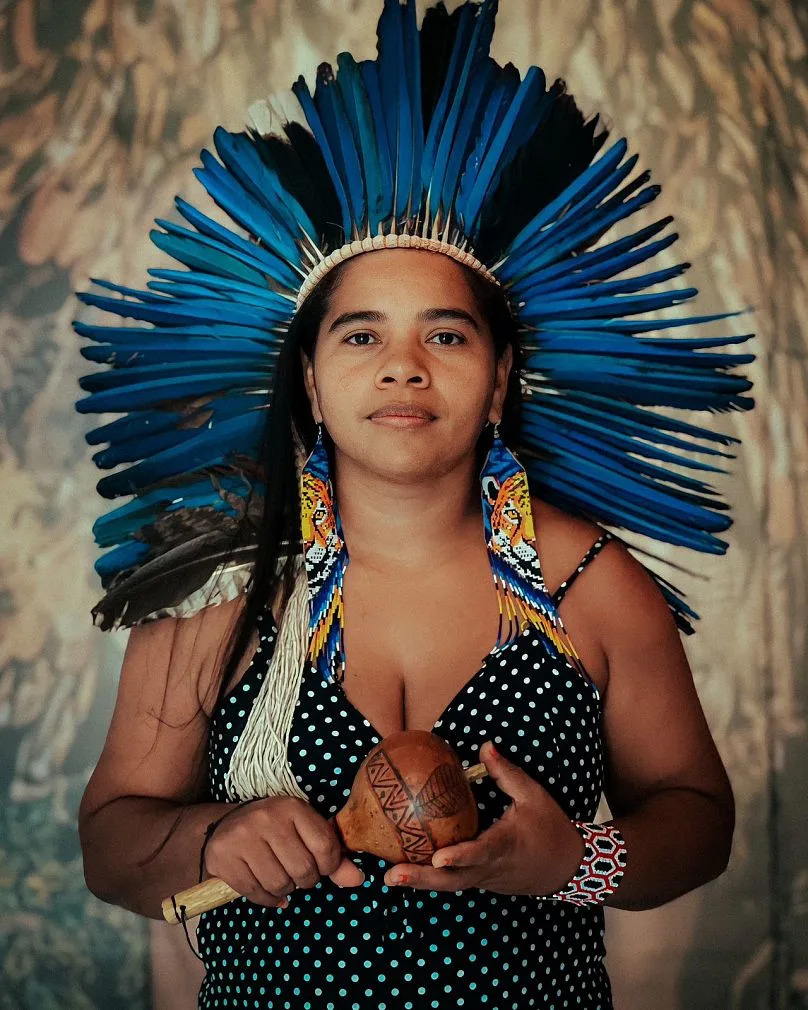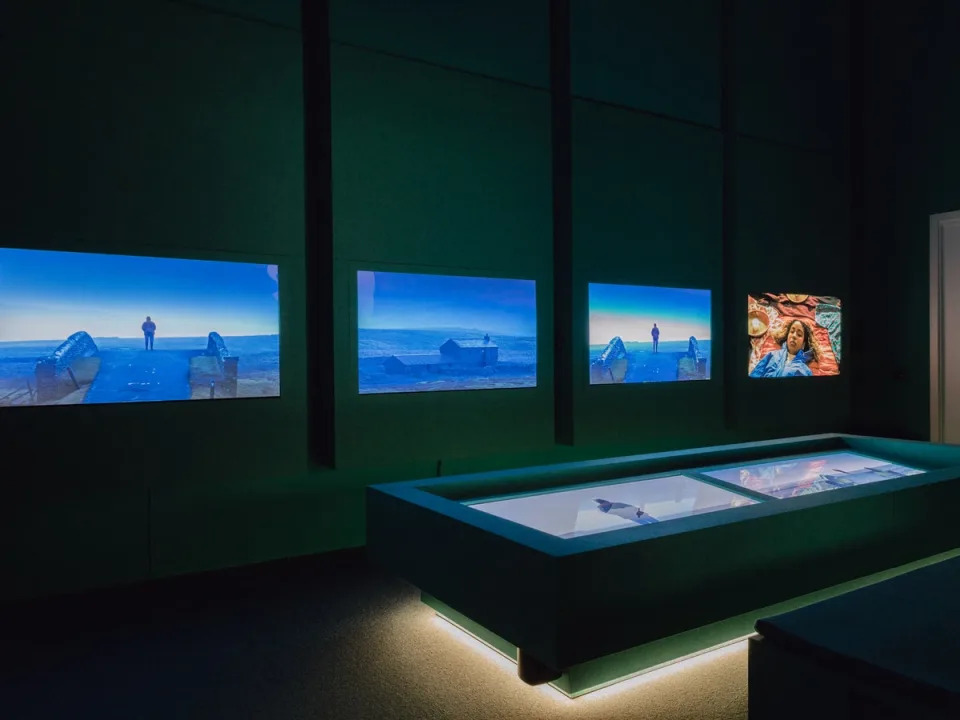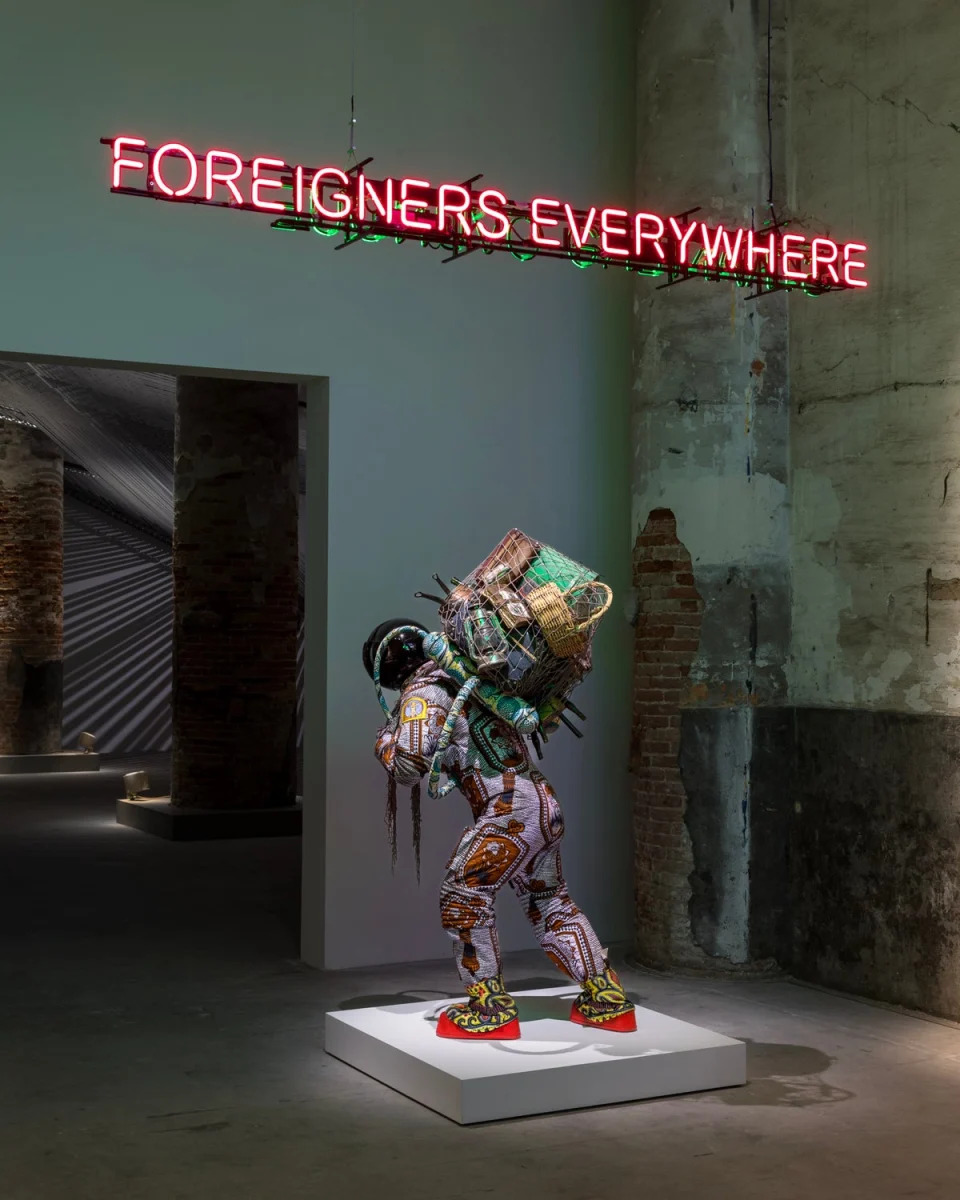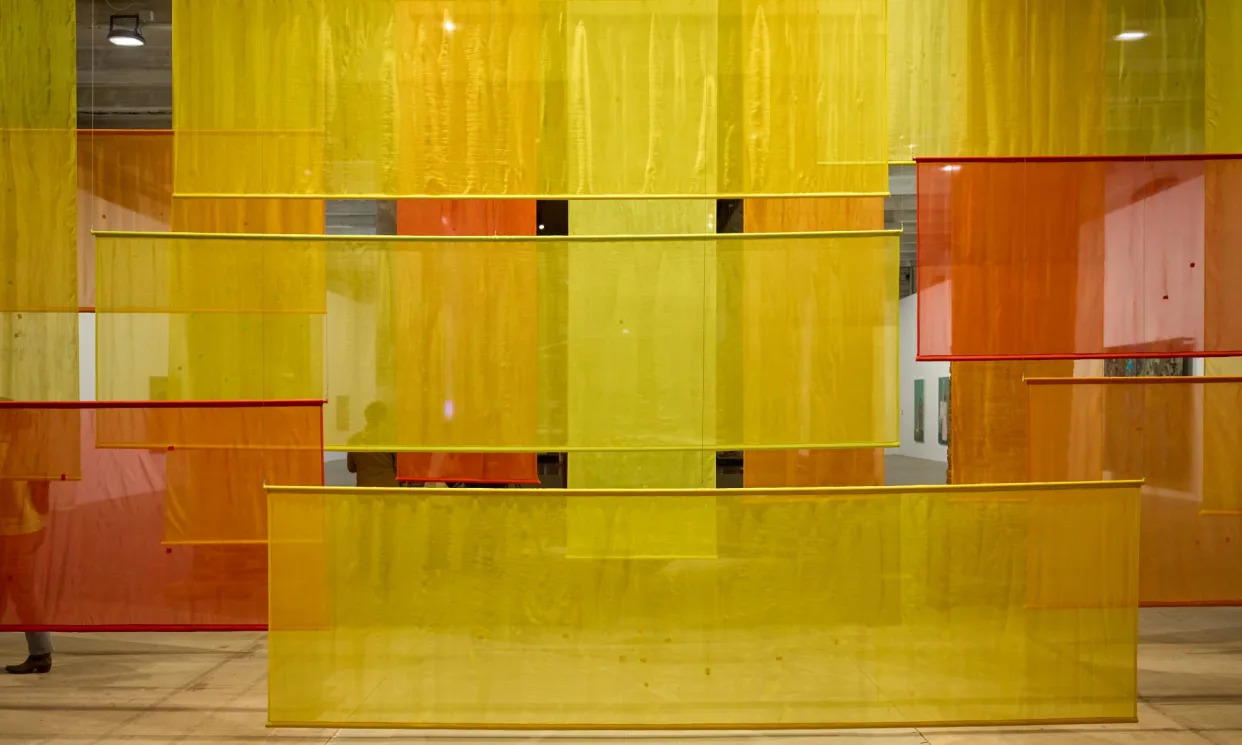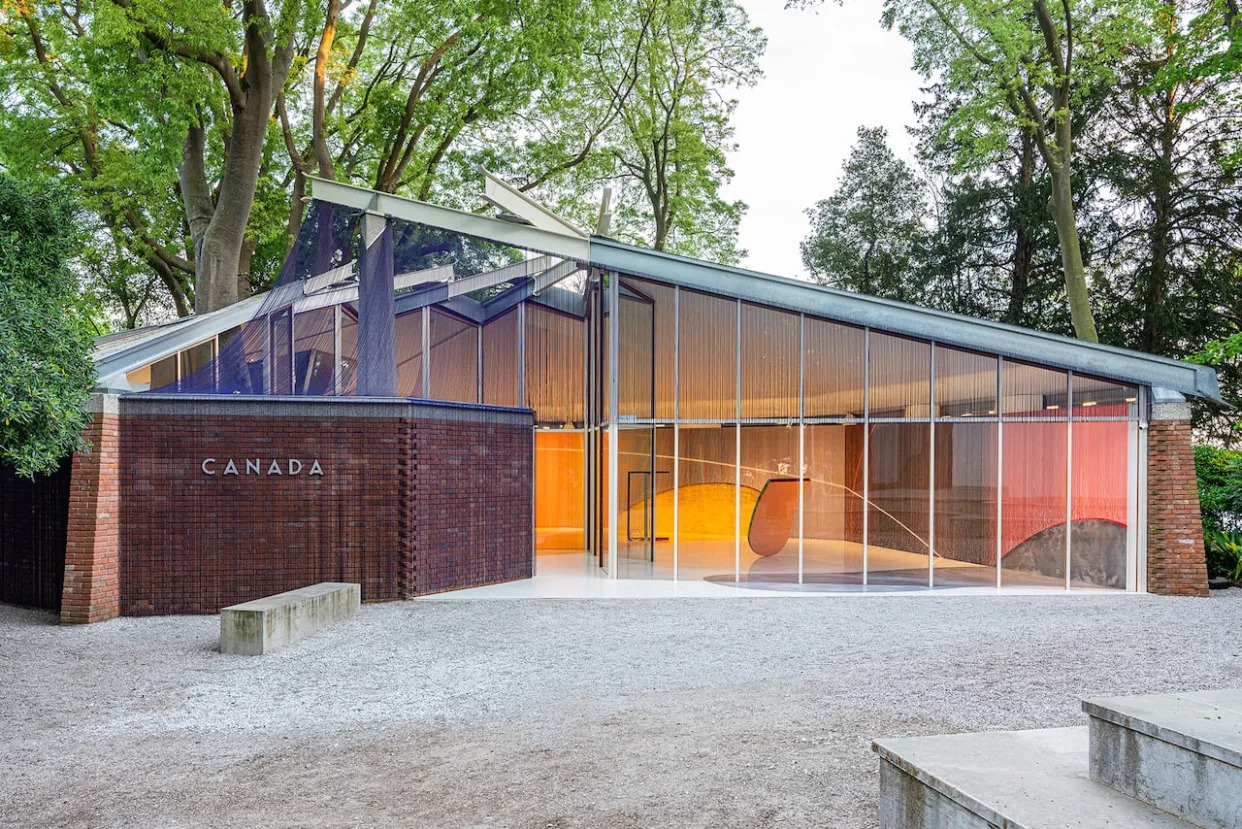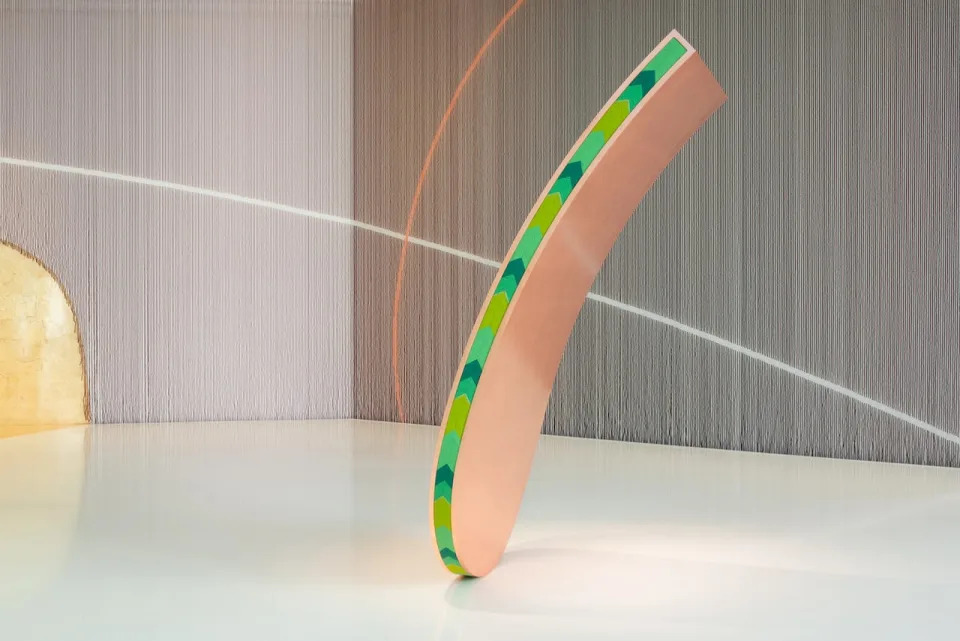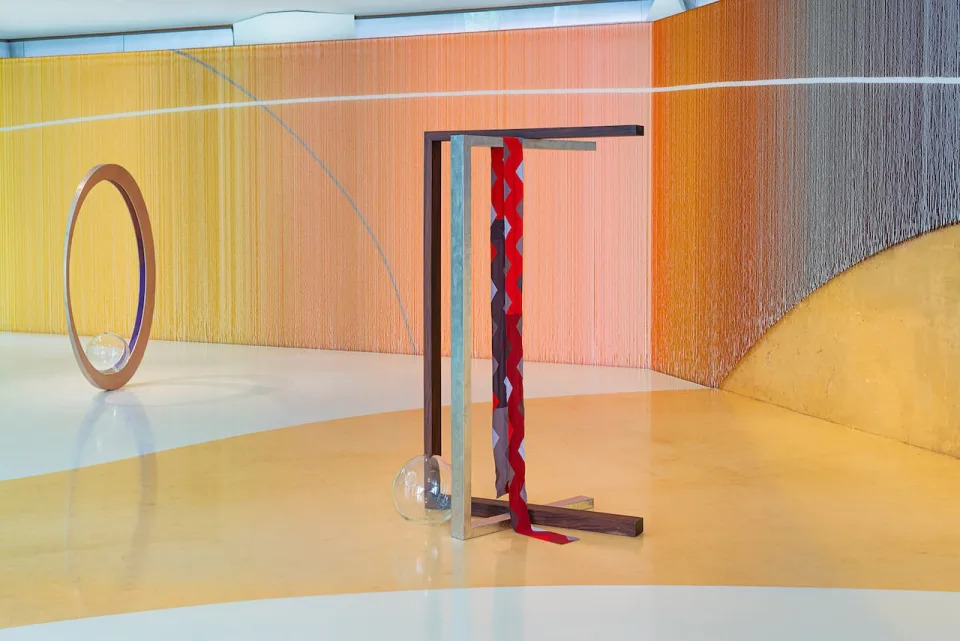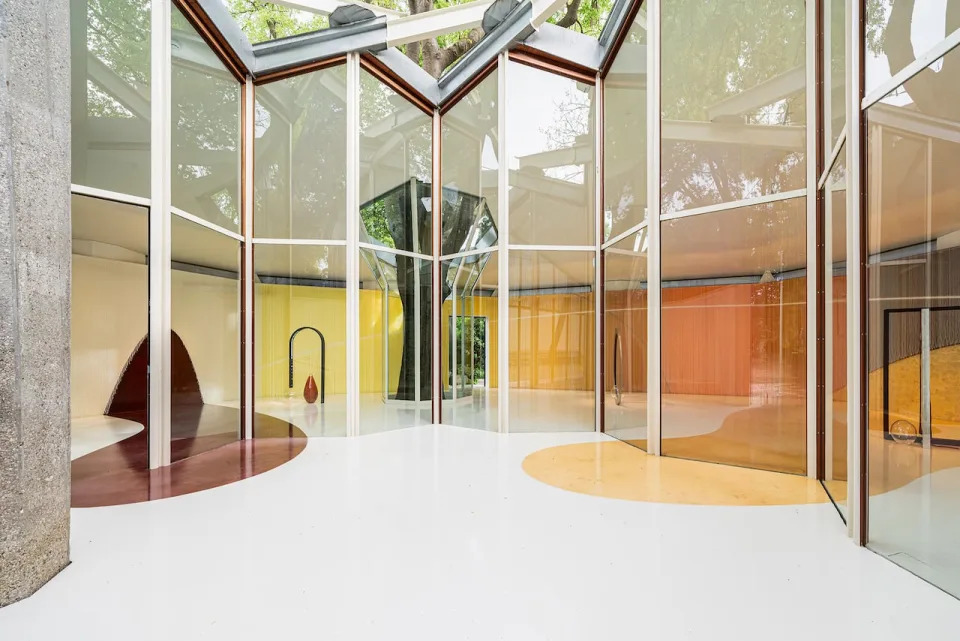INDIA
Wipro, TCS, Infosys collectively lost 63,759 workers in FY24

In a first occurrence over the past two decades, leading Indian IT companies Tata Consultancy Services (TCS), Infosys, and Wipro have reported a collective annual decrease in their workforce.The final quarter ending March 31, 2024, saw a reduction of 63,759 employees across these firms.This significant decline aligns with the companies' strategies to improve their existing employees' utilization rate, and lower staff turnover to enhance operating margins.
Wipro's employee strength reduction
On April 19, Wipro announced a reduction of 6,180 employees in the fourth quarter.Over the fiscal year, Wipro's workforce decreased by 24,516, marking the second consecutive quarter of workforce reduction.The total employee strength for FY24 was recorded at 2,34,054.Despite these changes, Wipro's attrition rate remained steady at 14.2% on a last-twelve-month (LTM) basis.
TCS and Infosys followed suit
TCS and Infosys also reported a historic first-time annual decrease in their workforce.In FY24, TCS's staff count was reduced by 13,249 while Infosys saw a reduction of 25,994.Sequentially, TCS lost 1,759 employees in the fourth quarter and Infosys lost 5,423.Amid uncertain demand and economic challenges, these IT firms are focusing on enhancing utilization rates and broadening margins by assigning benched employees.
Infosys alters recruitment model
Infosys is significantly changing its hiring model in response to the workforce reduction.According to Jayesh Sanghrajka, CFO of Infosys, "We have changed our hiring model significantly. We no more hire all the freshers from campus. We hire less than half of them from campus and more than half of them off campus."
Wipro yet to onboard freshers hired post-COVID
In addition to lowering headcount, Wipro is yet to complete the onboarding process for freshers who bagged offer letters during its post-COVID hiring surge.Saurabh Govil, Chief Human Resources Officer (CHRO) of Wipro, stated, "We are still to finish with all those offers. We have promised and we will first ensure all those offers are honored before we go and hire somebody else. That's the plan as we move forward."
TCS plans to maintain fresher hiring
Despite the layoffs, TCS CEO K Krithivasan discussed the company's plans to maintain its hiring of freshers.He stated: "We look at the trainees we deploy, we put them through our own internal training mechanisms and maybe after a period of 6 to 8 months, they become productive and billable. So, there will always be a lag."He added that in FY25, TCS plans to hire a similar number of freshers as the previous year, around 40,000.

